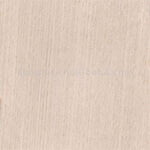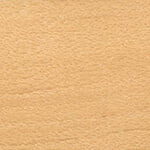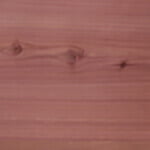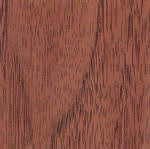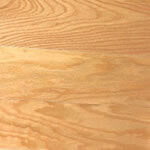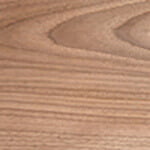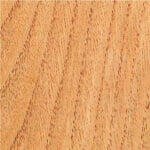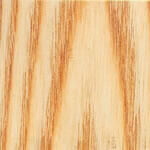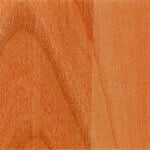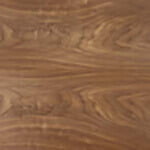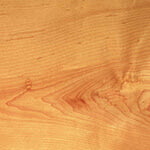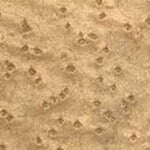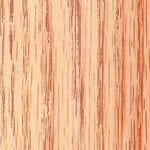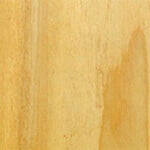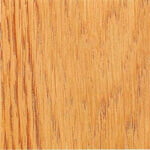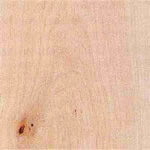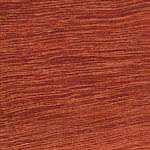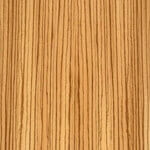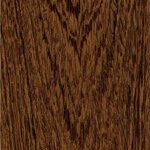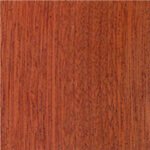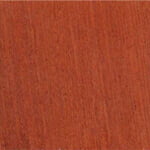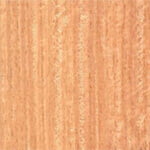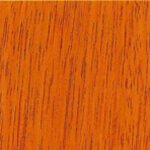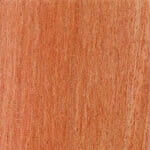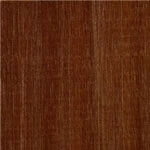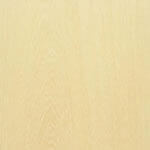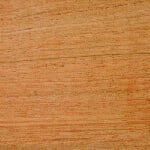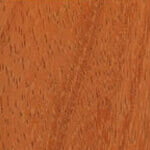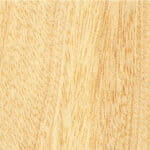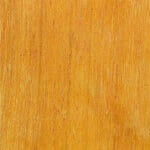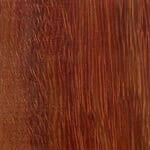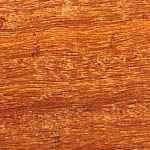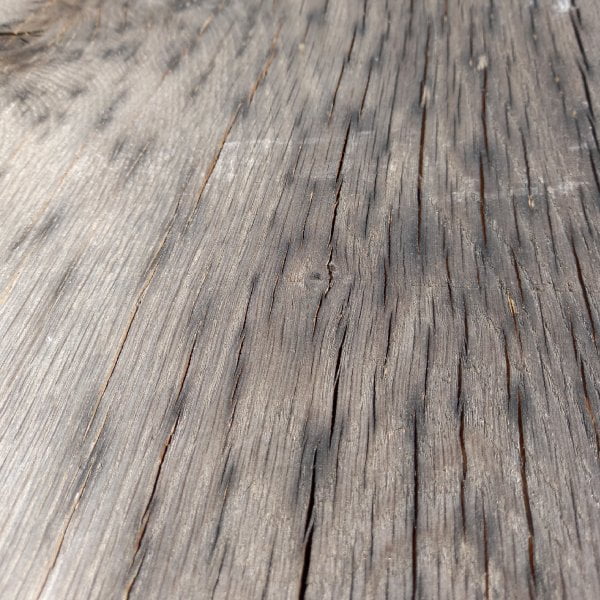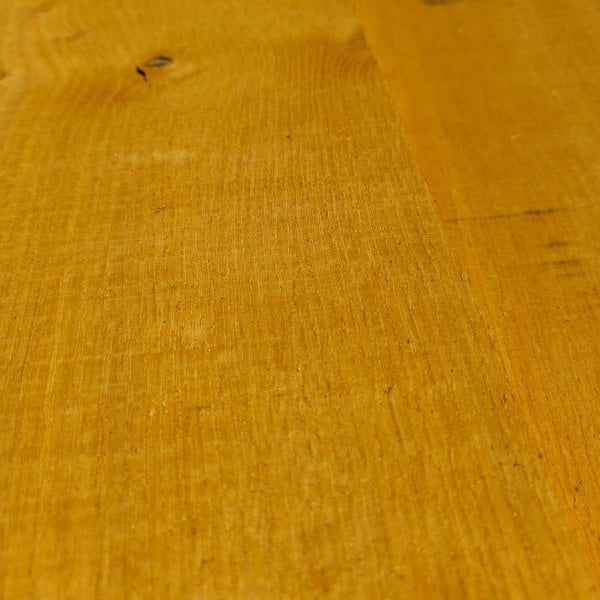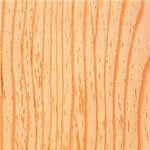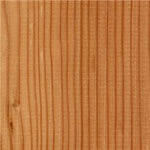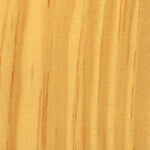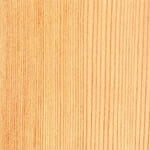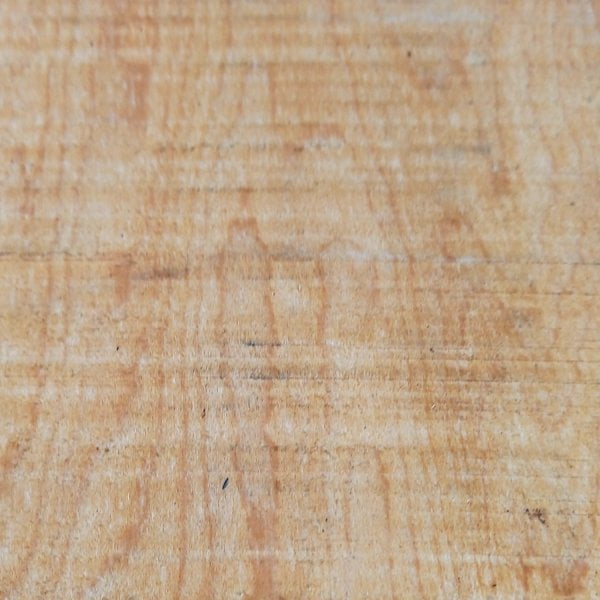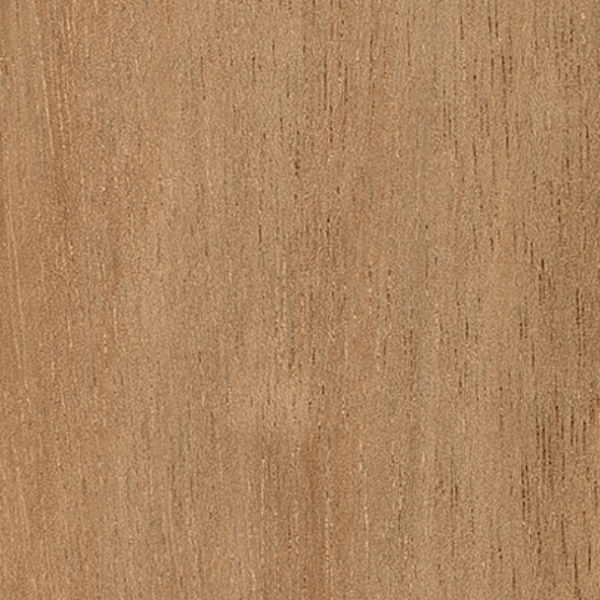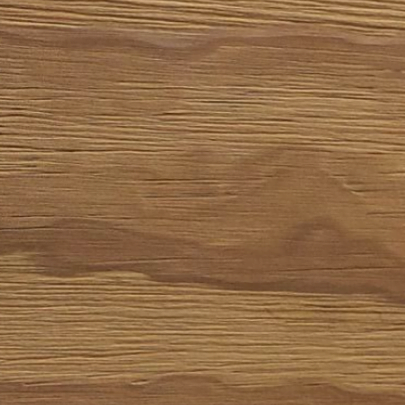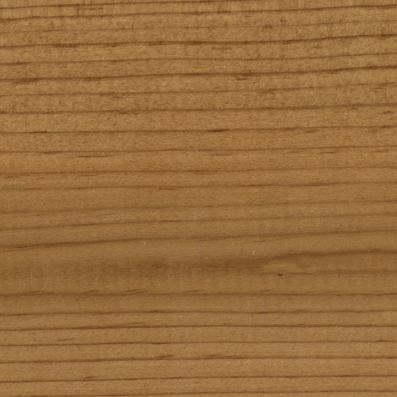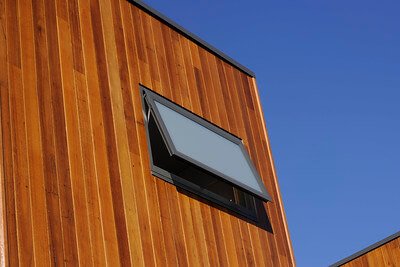One of the questions that we’re asked more frequently is “what is the best wood for external cladding?”. This is perhaps unsurprising, as timber cladding is becoming more and more popular for external cladding applications by the day due to its impressive natural aesthetics and durable qualities, which make it easy to maintain.
However, identifying the best exterior cladding material for your project can depend on several factors such as your budget, desired appearance and amount of exposure to the elements.
Hardwood vs Softwood Cladding
The first thing to consider when choosing external timber cladding for your application is whether a hardwood or softwood would be better suited to your project.
Generally, softwood cladding is perceived to have more advantages than its hardwood counterpart. Softwood is often more affordable whilst providing considerable strength and greater resistance against the weather, bacteria, fungi, termites and moisture.
Softwoods are considered easier to work with and finish and are normally of a lighter colour, although this will change to a silver/grey if the surface is not properly treated over time.
Hardwood cladding provides a much darker colour with oak the most popular choice, but like softwood, hardwood cladding materials will weather to a silver/grey if not properly treated.
Best Wood for External Cladding
Once you’ve decided on whether you want to use a hardwood or softwood, the next step is to choose the type of wood itself. To help with this, we’ve put together a list of some of the more popular choices below, all of which can be purchased from Whitmore’s with bespoke cuts available to meet your requirements. If you still need some help, just let us know!
Western Red Cedar Cladding
Type: Softwood
Duration: 40-60 years
Western Red Cedar is largely considered to be the best timber for external cladding projects and has grown immensely in popularity in recent years. Again, this largely comes down to its affordable cost, easy-to-work qualities and stunning aesthetics, whether used for larger-scale projects or to create a stylish garden space. Its lightweight qualities coupled with its natural warmth, resistance to weathering and decay and natural durability make it a popular choice in the UK, with various profiles available to purchase from Whitmore’s.
Oak Cladding
Type: Hardwood
Duration: 40-60 years
If you’ve settled on a hardwood then exterior oak cladding is the standout choice. The grain of European Oak is normally golden-brown in colour, which makes it a popular option for those looking for a more traditional style. Despite this, oak is also favoured for its versatility and is actually available in various colours with various staining options available, allowing you to create a bespoke cladding style that oozes character. Oak is naturally durable but, as you’re probably learning by now, will also turn silver over time, and this will happen quicker if the wood is left untreated. It machines well, but is tougher to work with than softwoods meaning you may find nailing and screwing difficult. Steel screws should also be used as oak reacts with iron.
Siberian Larch Cladding
Type: Softwood
Duration: 30-50 years
Despite its hardwood status, Siberian Larch is actually denser than many hardwoods and it provides plenty of strength and durability.. It is one of best timbers for external cladding if you’re seeking a traditional style as it has a ‘knottier’ appearance that many find appealing. Its colour can vary from yellow shades to rich browns. Siberian Larch wood takes well to staining and painting, so it may be the best choice if you’re looking for an exterior cladding material that can be customised to your own taste and style. Siberian Larch is another wood that can easily be nailed and screwed, which makes it a great option for any domestic renovations. Once again, the wood will weather to a silver/grey colour over time, but this won’t reduce its rustic charm or character.
Thermowood Cladding
Type: Softwood
Duration: 30+ years
Another versatile choice, Thermowood has a high-resistance to moisture and decay which makes it another good option for external applications including exterior cladding. A straight-grained softwood, Thermowood falls in-between Cedar and Siberian Larch in terms of density and is arguably the best choice of wood for those looking for a softwood that is darker in colour. As the name suggests, Thermowood is thermally modified which increases stability and provides resistance against shrinkage, swelling and distortion. The wood is easy to work with as it takes nails and screws well.
Yellow Cedar Cladding
Type: Softwood
Duration: 40-60 years
Originating on the northwest coast of North America, Yellow Cedar cladding is the standout choice for those who love everything about Red Western Cedar but the colour. Yellow Cedar is extremely durable and resistant to decay and most insect attacks, which makes it ideal for cladding.
Yellow cedar is heavier and more dense than Western Red Cedar and, yep you guessed it, will weather to a light silver/grey. However, it’s strength and wear mean that it should maintain its impressive yellow colour for some time. Yellow cedar has a fine texture and is straight-grained, whilst proving plenty of stability and minimal shrinkage.
